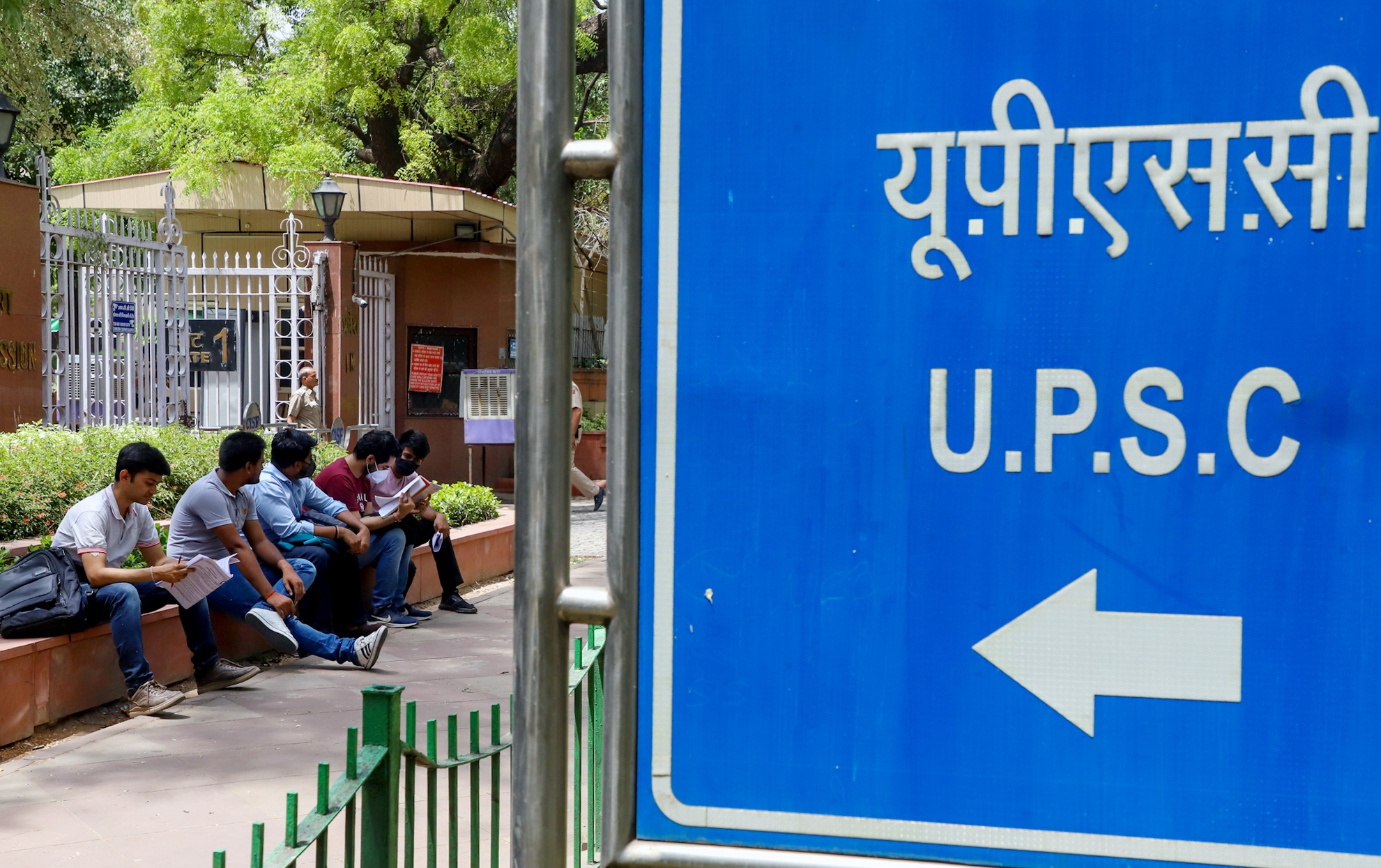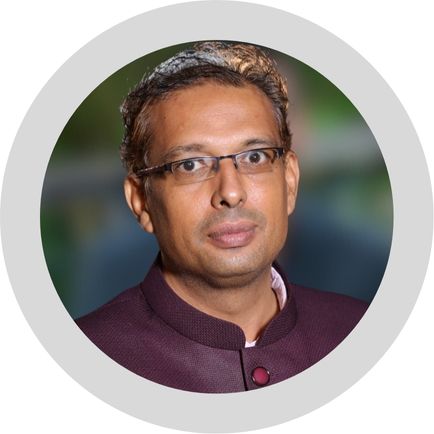Amidst the cacophony of debates on the advertisement invited by the Union Public Service Commission of India, New Delhi and then its withdrawal later for lateral entry of professionals as experts on the position of the Joint Secretary and Director in the Union Government, one thing the discourse seems to have missed is the working environment of private sector vis-à-vis the same of the government departments.
The stark contrast in the working environment may prove to be detrimental to the performance of the lateral entrants thereby adversely affecting the day-to-day working of government departments leading to defeating the very purpose of induction of lateral entrants to bring in fresh ideas and efficiency in policy making and program implementation for service delivery in the government sector.
While the private sector is a fast-paced and dynamic environment having thrust mainly on profit maximisation, cost-cutting and efficiency, the government ministries and departments are essentially bureaucratic and hierarchical in nature having a focus on public welfare and last-mile delivery. The growth of individuals in a private setting depends a lot on their performance and the targets they achieve as individuals and in a team, hence, promoting a performance-based culture.
Private enterprises are flexible and adaptable to changing circumstances emphasising on innovation, creativity and out-of-the-box thinking. The government sector is more of a rule-bound and procedure oriented usually slow-paced and not quite welcoming to accept changes. While corporate world fosters decentralised decision-making with an eye on grabbing every opportunity it confronts with making decisions swifter and effective juxtaposing centralised decision-making prevalent in central and state government departments.

Competitive and merit-based promotions are the hallmark of the private sector work culture whereas time-bound seniority-based promotions pervade across the government departments. Till date, job security and stability, inter alia are the major motivational factors for aspirants to join government services, nonetheless, private sector employees are often driven by performance-based incentives and targets.
When technocrats join the government sector as lateral entrants, these differences in the work environment not only impact working culture and employee motivation but also take a toll on their job satisfaction and overall productivity of the organisation. While private sector thrives on the principle of profit maximisation, minimising the cost of production, and increasing the productivity of operations, whereas government ministries and departments focus more on social welfare and last-mile delivery.
The government system follows a Weberian bureaucracy model as proposed by Max Weber, which is highly formalised, impersonal, and organised in nature. The government bureaucracy is a hierarchically structured, professional, rule-bound, impersonal, meritocratic, and disciplined body of public servants who possess specific skill sets and competencies. It is generally observed that employees in the government sector tend to be more cautious, prioritising job stability and security over innovation.

On the other hand, the private sector encourages and fosters innovation, risk-taking, and creativity to stay ahead of the global competition. It promotes leadership and a team-oriented culture, encouraging collaboration and open inter and intra-department communication. In a typical government setting, people may be seen working in silos rarely opening channels of communication unless it is urgently required.
Besides, given the experience working with political executives, government officers are accustomed to pulls and pressures of day-to-day political challenges in policy making and implementations, which the lateral entrants may not be able to cope up with. In fact, it is the nature of the extensive training that makes bureaucrats, what the Sardar Vallabhbhai Patel once referred “Steel frame” of India. Lateral entrants, having undergone training in a different setting in their professional careers, will have different mindsets and outlooks.
To utilise and nurture this talent to the advantage of the government, the advocates of lateral entry must prepare a detailed blueprint for their training before inducting them in the government. Else, given the diametrically opposite working scenario, it may prove to be a lose-lose situation both for the organisation and the individuals, if there exists a compatibility deficit owing to the change of work culture.
The chances of a rift between regularly selected officers and lateral entrants may also not be ruled out in such circumstances ensuing delay in decision making paving the way for policy paralysis. The specialists entered in the system through lateral mode and, thus, may lose enthusiasm and interest culminating into an early exit from the system well before the contractual time. Hence, it is imperative for the policy makers to take cognisance of these differences before finalising the blueprint for lateral entry in government departments.
(Disclaimer: The opinions expressed in this article are those of the writer. The facts and opinions expressed here do not reflect the views of ETV Bharat)
(The author teaches in MBM University, Jodhpur)



